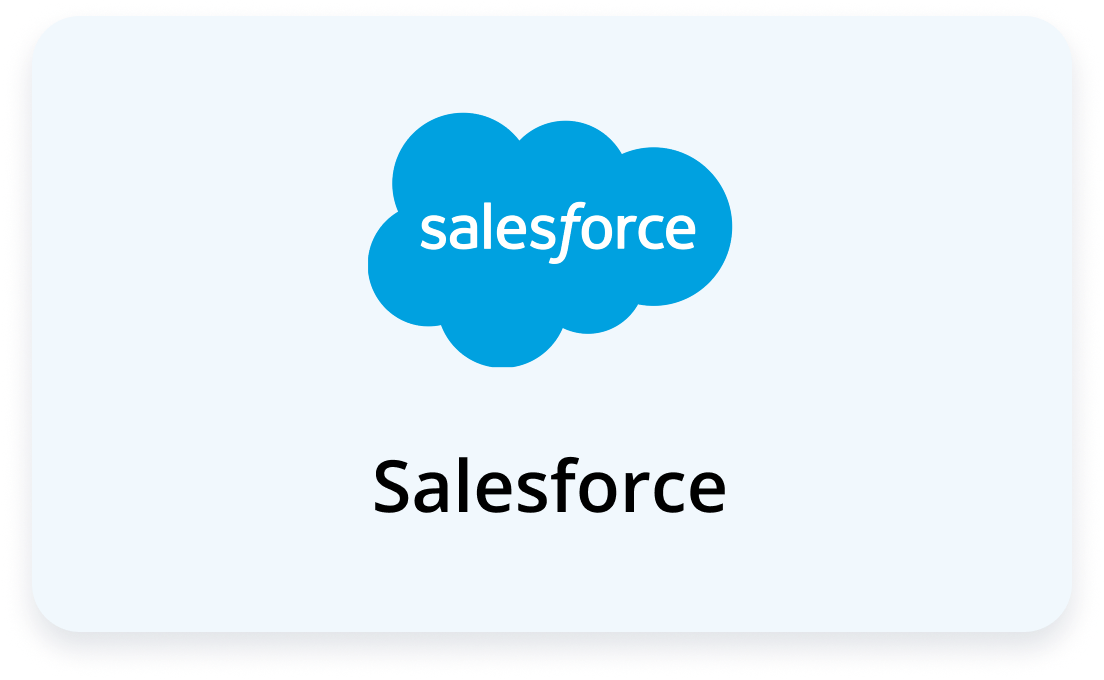







customer success with tailored CRM solutions.
Trusted by:











Elevate your Business: Expert Power BI Consulting & Custom Digital Solutions
From data-driven Power BI consulting services and edgy mobile app development to customer centric salesforce consulting services, our offerings are means to achieve this mission together.
With our range of next-generation digital services and consulting, businesses of all sizes have experienced accelerated growth. We empower clients to think forward by equipping them with the tools, insights, and expertise needed to stay ahead of the curve.
Our Services
Our Mobile App Development Company Pune offers specialized services in designing and building mobile applications that cater to diverse business needs. Our mobile app development company delivers end-to-end mobile app solutions, including app design, development, testing, and maintenance, across iOS and Android platforms. With a focus on user-friendly interfaces and seamless functionality, our Mobile App Development Company in Pune empowers businesses to enhance customer engagement, streamline processes, and stay competitive in the digital landscape.

Business Intelligence (BI) solutions have become integral for effective data management and strategic decision-making so your business can stay ahead of the competition. Our expert BI development and Consulting services enable business growth by streamlining operations with our suite of Power Platform consulting services, including:
- Achieve informed decision-making with real-time, actionable insights with Power BI consulting services.
- Boost business efficiency with faster, connected apps tailored to your needs and developed on Low-Code/No-code platforms with Power Apps development services.
- Automate routine business processes and repetitive tasks by creating workflows with Power Automate services.

Our Salesforce Development Company Pune specializes in providing customized Salesforce solutions that enhance business operations, improve customer relationships, and drive digital transformation. Leveraging Salesforce’s robust platform, these companies develop tailored applications, integrate third-party systems, and optimize CRM functionalities to meet unique client needs. From configuration and custom coding to implementation and support, our Salesforce Development Company in Pune empowers businesses to streamline processes, automate workflows, and deliver an exceptional customer experience.

As a leading Microsoft Dynamics 365 ERP & CRM services company in India, we deliver comprehensive solutions tailored to maximize enterprise efficiency with integrated business software across various industries. Our dedicated team of expert ERP & CRM consultants and developers implement and optimize Microsoft Dynamics 365 ERP & CRM systems for your business to enhance operational efficiency, streamline processes, and drive growth. From customization and integration to training and support, we offer end-to-end services to ensure seamless adoption and maximum ROI for our clients. Partner with us to leverage the power of Microsoft Dynamics 365 ERP & CRM and transform your business operations for success.
We help M Microsoft Dynamics 365 for Enterprise resource planning (ERP) and Customer Relationship Management (CRM).

Solving IT challenges in every industry, every day.
Client Testimonials



Success Stories
Read Our Latest Blogs
Beyond Chatbots: Salesforce AgentForce in Manufacturing
Code Green: Sustainable Mobile App Development Pune
Technologies We Use
Built on the latest tech stack, our framework is designed to help you build scalable, secure, and high-performance infrastructure. We believe that by leveraging future-proof technologies, we can deliver innovation and create a seamless user experience.











Partner with Us for Comprehensive IT
Your Benefits:
- Client-oriented
- Independent
- Competent
- Result-driven
- Problem solving
- Transparent
What happens next?
















